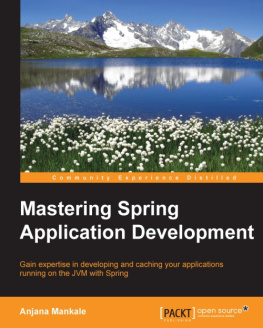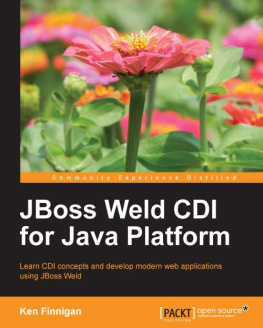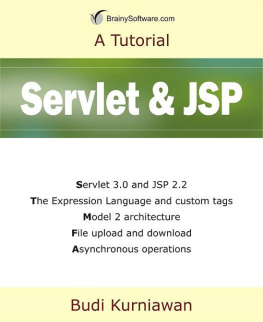Pithawala - Learning Google Guice
Here you can read online Pithawala - Learning Google Guice full text of the book (entire story) in english for free. Download pdf and epub, get meaning, cover and reviews about this ebook. year: 2013, publisher: Packt Publishing, genre: Computer. Description of the work, (preface) as well as reviews are available. Best literature library LitArk.com created for fans of good reading and offers a wide selection of genres:
Romance novel
Science fiction
Adventure
Detective
Science
History
Home and family
Prose
Art
Politics
Computer
Non-fiction
Religion
Business
Children
Humor
Choose a favorite category and find really read worthwhile books. Enjoy immersion in the world of imagination, feel the emotions of the characters or learn something new for yourself, make an fascinating discovery.
Learning Google Guice: summary, description and annotation
We offer to read an annotation, description, summary or preface (depends on what the author of the book "Learning Google Guice" wrote himself). If you haven't found the necessary information about the book — write in the comments, we will try to find it.
Develop your Java applications faster and more efficiently by learning dependency injection using Google Guice. This guide is the perfect introduction, covering both basic and advanced topics with a user-friendly approach.
Overview
- Detailed coverage of the various features of Guice such as the Injector, Bindings, Providers, TypeLiterals, Scoping, Multibinders, and so on
- Learn how to use the various Guice-throwing providers, Guice-multibinder, Guice-servlet, Guice-struts2, and Guice-persist in various areas of application development
- Focus on web application development using Struts 2, Hiberate 3, and JPA 2 while managing dependencies using Guice
- Coverage of advanced topics such as extending Guice to cater for your specific requirements
In Detail
Google Guice is an open source software framework for the Java platform released by Google under the Apache License. It provides support for dependency injection using annotations to configure Java objects.
Learning Google Guice is a concise, hands-on book that covers the various areas of dependency injection using the features provided by the latest version of Google Guice. It focuses on core functionalities as well as the various extensions surrounding Guice that make it useful in other areas like web development, integration with frameworks for web development, and persistence.
Learning Google Guice covers Guice extensions which avoid complex API usage. You will start by developing a trivial application and managing dependencies using Guice. As the book gradually progresses, you will continue adding complexity to the application while simultaneously learning how to use Guice features such as the Injector, Provider, Bindings, Scopes, and so on. Finally, you will retrofit the application for the Web, using Guice not only to manage dependencies, but also to solve configuration related problems.
What you will learn from this book
- Optimize dependency injection using Guice as a solution
- Develop a fictitious application harnessing the advanced features of Guice
- Learn the intricacies of Binding, Scoping, and Injection
- Master the various aspects of Guice pertaining to different areas of application development in Java
- Learn how to harness the Guice-servlet extension for web development using Struts 2, JSP, Servlets, and Hibernate 3
- Leverage AOP by implementing aopalliance
- Learn how to develop extensions using the Guice SPI
Approach
This book is a practical, hands-on guide that covers everything you need to know about application development in Java with dependency injection using Google Guice.
Who this book is written for
Learning Google Guice is for architects and lead programmers who want to know more about Google Guice and how to leverage its more advanced features. It is assumed that readers will have a basic knowledge of dependency injection; however, this is not an obligation.
Pithawala: author's other books
Who wrote Learning Google Guice? Find out the surname, the name of the author of the book and a list of all author's works by series.



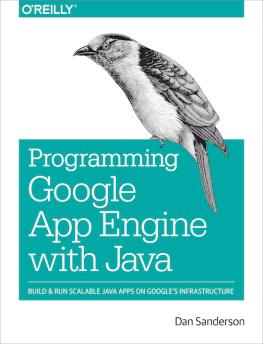
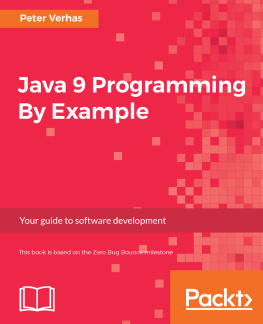
![Mark Wickham [Mark Wickham] - Practical Java Machine Learning: Projects with Google Cloud Platform and Amazon Web Services](/uploads/posts/book/119359/thumbs/mark-wickham-mark-wickham-practical-java.jpg)
